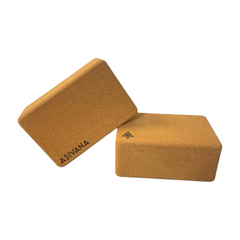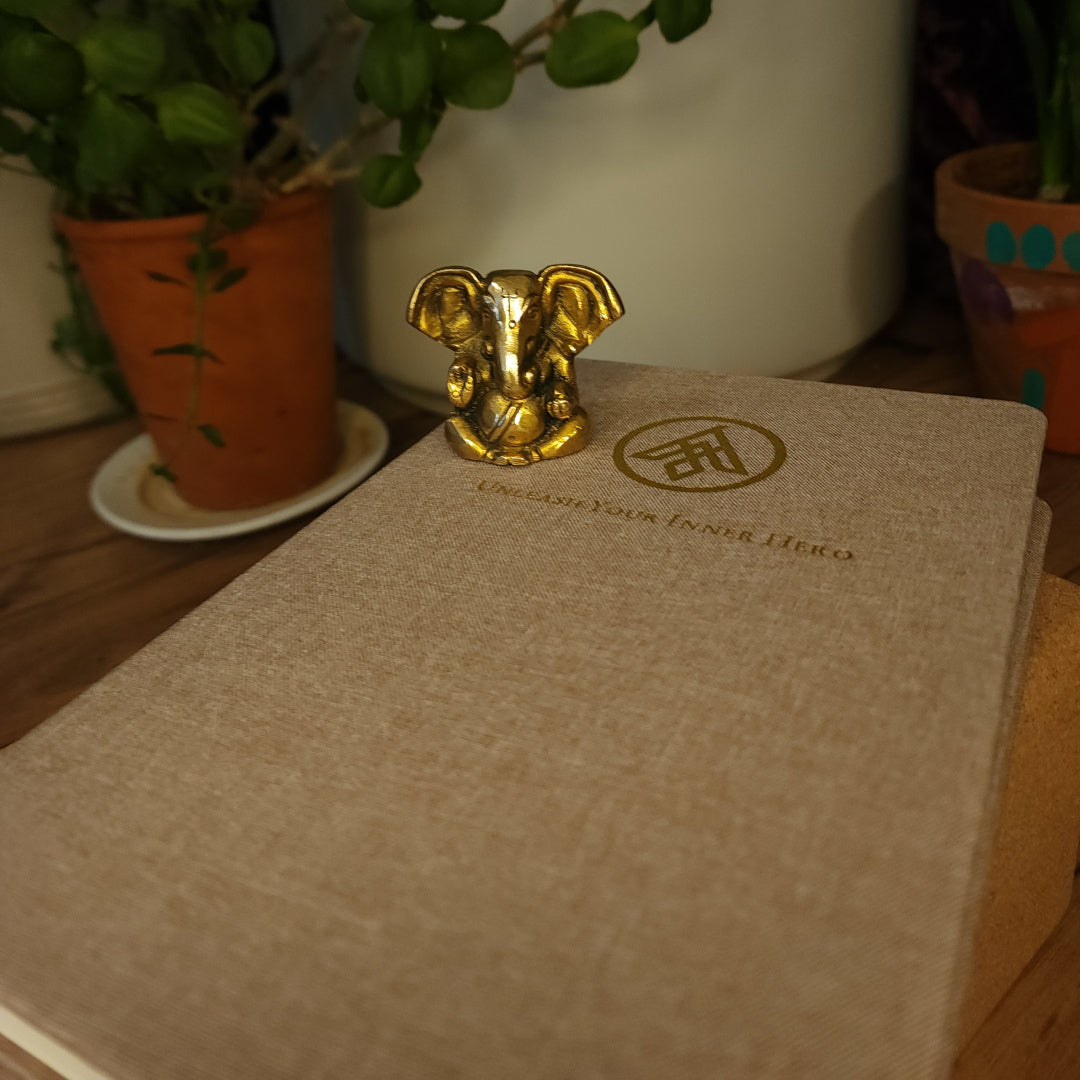
What is the Satya Yuga?
Jack UtermoehlShare
Satya Yuga, also known as the Krita Yuga or the Golden Age, is the first and most spiritually elevated era in the four-age cycle of time known as the Chaturyuga in Hindu cosmology.
It is described in the Puranic texts as a time of complete virtue, truth, and harmony, an age when humanity lived in alignment with Dharma (cosmic order) without effort or decline.
This Yuga stands at the top of the cycle, representing wholeness, spiritual enlightenment, and the purest form of existence.
Etymology and Meaning
- Sanskrit: सत्य युग (Satya Yuga)
- Transliteration: Satya Yuga
- Phonetic Pronunciation: SAHT-yah YOO-guh
- Alternate Name: Krita Yuga (“the accomplished age”)
- Root Meaning: Satya means “truth,” indicating the unshakable presence of Dharma in its fullest form.
In this Yuga, Dharma stands firmly on all four legs: Satya (truth), Sauca (purity), Daya (compassion), and Tapas (austerity).
Symbolically, Satya Yuga represents an era when divine consciousness permeates every action, and the need for external guidance is minimal, human beings are born enlightened, live in harmony, and effortlessly embody spiritual wisdom.
Duration and Timing
| Tradition | Duration | Details |
|---|---|---|
| Puranic (Classical Hinduism) | 1,728,000 earth years | 4,800 divine years × 360 = 1,728,000 earth years |
| Sri Yukteswar's Interpretation | 4,800 earth years | Part of a 24,000-year Yuga Cycle (Descending & Ascending) |
Date Ranges
Traditional View: Satya Yuga is the first age and has already passed in this current cycle. It preceded Treta Yuga and began over 3.8 million years ago.
Yukteswar’s View: The most recent Satya Yuga ended around 11,500 BCE. The next Satya Yuga (Ascending) is expected to begin around 7700 CE.
Scriptural Source References
Vishnu Purana (Book I, Chapter 3): Describes Satya Yuga as an age where “men neither bought nor sold, and all dwellers of the earth lived in perfect contentment.”
Mahabharata (Shanti Parva 231): Declares that Dharma stands firmly on four legs in Satya Yuga, and human beings are inherently virtuous and self-realized.
Bhagavata Purana (12.3.18–24): Details that meditation on the Supreme is the primary dharma of Satya Yuga, as people are peaceful, austere, and free of pride.
Manusmriti (1.81–86): Lays out the duration of each Yuga and explains that Satya Yuga is the time of universal righteousness and longevity.
“In Satya Yuga, there was no disease, no hatred, no fear. All beings lived as friends, in perfect harmony with nature and the divine.”
– Vishnu Purana
“Men in that age were by nature inclined to truth. All practiced self-restraint, all were devoted to truth, and all lived free of fear.”
– Mahabharata, Shanti Parva

Explore Our Full Collection
Discover all the yoga essentials and accessories you need to enhance your practice. Shop now and elevate your yoga practice.
Shop NowDefining Characteristics of the Age
Satya Yuga is described as the age of complete harmony between human nature and cosmic order. This golden era reflects the highest possible state of collective consciousness free from ego, conflict, or deceit.
In this time, Dharma stands firmly on all four legs, representing a world rooted in truth, compassion, purity, and austerity.
| Aspect | Satya Yuga |
|---|---|
| Human Lifespan | Up to 100,000 years |
| Moral State | 100% of Dharma remains intact, truth, non-violence, and harmony prevail |
| Behavior | No deceit, pride, or selfishness; all beings live in purity and inner peace |
| Society | No caste divisions or social stratification; all humans are considered spiritually awakened |
| Technology & Knowledge | No need for external technology, wisdom and intuitive knowledge are innate |
| Symbolic Dharma Bull | Stands on four legs, representing full strength of righteousness in the world |
This was a time before organized religion, dogma, or priesthood. Humanity existed in natural alignment with divine law, without the need for governance or ritual enforcement. There was no need for temples because divinity was directly experienced in daily life.
Spiritual Practice of the Yuga
In Satya Yuga, the recommended spiritual path was dhyana (meditation). The human mind was pure, focused, and naturally inclined toward contemplation of the brahman (absolute).
People lived in forests or mountains, detached from worldly pursuits, and immersed in inner realization.
Primary Practice: Silent meditation and absorption in the Self (Atman)
Yogic Emphasis: Deep inner focus, Samadhi, and natural stillness
No Ritual Needed: Spirituality was intuitive and direct, requiring no scriptures or intermediaries
Spiritual Tone: Complete harmony with nature, self-discipline, and effortless connection with the divine
Comparison of Yuga Practices
- Satya Yuga: Meditation and self-realization
- Treta Yuga: Fire sacrifice (yajna) and devotion
- Dvapara Yuga: Temple worship and ritual
- Kali Yuga: Chanting the Divine Name (Hari Nama)
Because humanity in Satya Yuga lived without distraction, meditation was not a technique to learn but rather it was a natural state of being. This makes it the purest and most direct path to liberation, reserved for a time when consciousness was unified and clear.
Avatars of Vishnu in This Age
In Satya Yuga, divine presence is said to be fully manifest in the world without the need for intervention. However, traditional scriptures mention several early Dashavatara (ten avatars of Vishnu) that appear during this age to guide humanity and restore cosmic order.
Avatars: Matsya (the Fish), Kurma (the Tortoise), Varaha (the Boar), Narasimha (the Man-Lion)
Role: These early incarnations establish foundational order, protect the Earth, and defeat primordial forces of chaos
Symbolic Function: Each avatar represents a step in the stabilization of creation from saving sacred knowledge (Matsya) to supporting cosmic structure (Kurma), to lifting Earth from darkness (Varaha), to protecting devotion and destroying arrogance (Narasimha)
Unlike later Yugas where avatars restore lost Dharma, the Satya Yuga avatars symbolize the emergence and establishment of Dharma itself. They embody the first stirrings of divine intervention, not as a response to crisis, but as creative cosmic participation.
Modern Interpretations
Modern teachers and spiritual thinkers often interpret Satya Yuga less as a historical period and more as a symbolic state of consciousness, the highest possible alignment between individual and universal truth.
Sri Yukteswar & Yogananda
In The Holy Science, Sri Yukteswar describes Satya Yuga as the apex of a 24,000-year cycle where human awareness reaches its highest potential. He teaches that in this age, humanity understands spirit as the only true reality, and there is no illusion of separation.
According to his calculation, the next Satya Yuga will begin around 7700 CE as consciousness ascends.
Yogananda further interpreted Satya Yuga as a state where humanity lives in deep communion with subtle spiritual truths, beyond the material or egoic self. He taught that the qualities of Satya Yuga can be cultivated inwardly through meditation and self-realization, even in lower ages.
Sadhguru
Sadhguru presents Satya Yuga not just as a time in history, but as a state of perception. He teaches that Satya Yuga represents an era when the inner dimension was prioritized, and that by shifting inward today, we can prepare for or even invoke that higher state of collective living.
Symbolic Readings
Psychologically, Satya Yuga is the archetype of unity consciousness: a time when the mind is still, the heart is open, and action is rooted in pure intention.
It reflects the potential for human life when ego dissolves and clarity reigns. In Jungian terms, it could be seen as the integration of the Self, free from shadow and fragmentation.
Relevance for Today
Though Satya Yuga lies far behind us, or far ahead, its presence remains as an inner reference point for yoga practitioners and spiritual seekers. It represents the ideal of a fully awakened life: pure, undivided, and aligned with Dharma.
In a world clouded by distraction and division, the values of Satya Yuga (truth, simplicity, non-violence, self-restraint) offer a compass for the path. Even in the turbulence of Kali Yuga, yogic traditions preserve the memory of Satya Yuga in their practices and philosophies.
Practices such as meditation, silence, minimalism, and ethical living are all expressions of Satya Yuga consciousness. They offer us a way to anchor timeless truth in a time-bound world.
Reflection prompts:
- Where in your life are you already living from Satya (truth)?
- What distractions or distortions pull you away from inner simplicity?
- How might you build a “golden age” of the heart within your current reality?
While we may not live in Satya Yuga outwardly, we can practice its principles inwardly, reclaiming peace not by changing time, but by changing perception.
Yoga Essentials for Your Practice
Support your yoga journey with high-quality, sustainable props designed for comfort and stability.

Crafted from eco-friendly cork for durability and a comfortable practice.
$24
Shop Now
Includes everything you need to get started: a mat, blocks, and a yoga strap.
$120
Shop NowConclusion
Satya Yuga is more than an ancient era, it is a mirror of our highest potential. It begins the cosmic cycle with the highest level of conscious incarnation. By understanding this Yuga, we glimpse a life beyond fear and fragmentation, a life rooted in unshakable truth.
As the first age in the great cycle of time, Satya Yuga reminds us that wholeness is our origin. The long descent through the Yugas may be inevitable, but remembrance of Satya Yuga allows us to move through that descent with awareness, purpose, and faith.
Whether viewed as history or mythology, philosophy or psychology, Satya Yuga invites us to ask: What would life look like if we lived entirely in alignment with truth?
For the yogi, this is not a hypothetical question, it is a path. And the memory of Satya Yuga is the seed of its return.










